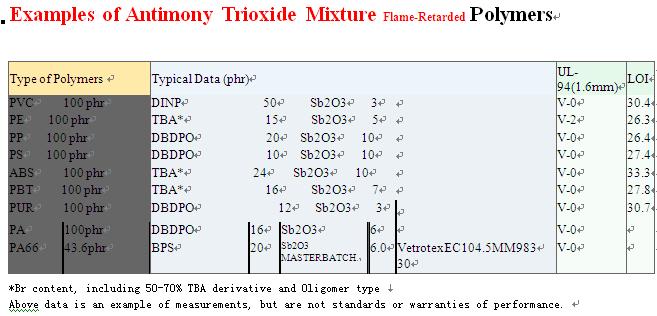Experience with fires has been the key driver for improving the flammability performance of thousands of products such as electronic devices, furniture, vehicles and building materials.
A vast number of standards, including EU, national and local regulations have risen in response to market pressure and litigation.
In addition, advocacy groups, like the Alliance for Consumer Fire Safety in Europe (ACFSE), are becoming more effective in raising awareness of fire safety among industry participants and decision-makers.
So, more stringent flammability standards are being introduced, such as performance-based codes in the building industry, and voluntary actions that improve fire safety in consumer products.
This has resulted in greater demand and changing requirements for flame-retardants, favouring low smoke and fume products.The broad discussion on the environmental impact of flame-retardants is finding its way into the regulatory framework.
This discussion has resulted in increasing demand for more environmentally acceptable materials, which represents one of the biggest challenges for flame retardant producers.
Max Crosetti Frost and Sullivan Research Analyst explains: "in 2000 the market for Flame retardant chemicals was worth $509.5 million.
By 2007 we predict market revenues will reach $671.7 million.
The key driver for this growth will be fire safety and environmental regulations, which will demand the use of these chemicals in many more industries than today.
This new legislation will also result in end-users changing the type of flame retardant they purchase to meet the latest specifications.
Which in turn will have a knock-on effect to the producers who will be forced to develop new products to keep pace and to serve the new markets and applications that will be covered."
By far the largest market for flame retardant chemicals is plastic, which represent more than 80% of unit shipments.
The European Plastics Industry is committed to developing plastics that make use of flame retardant chemicals to meet higher safety standards.
This, combined with the growth in the use of polymers worldwide and their increasing use in higher value, technical and durable applications is another key driver in the growth of the flame retardants market.
In all flame retardants markets price competition is fierce, and increasing competition from the Far East is exacerbating overcapacity.
The report recommends that producers develop new strategies to meet growing price competition and to limit product switching by customers.
The report contains research for eight of the most important flame retardant types; brominated compounds, phosphorus-based chemicals, aluminium trihydrate, antimony trioxide, melamine-based flame retardants and chlorinated compounds.
**********************
DONGGUAN JIEFU FLAME-RETARDED MATERIALS CO.,LTD
Sam Xu
Tel: 86-755-83474911
Fax: 86-755-83474980
Mobile:13929211059
E-mail: xubiao_1996(at)hotmail.com samjiefu(at)gmail.com
Add: jiefu industrial park shuiping industrail district dalang town dongguan GD,P.R.C
blog:http://antimony-trioxide.blogspot.com
website:http://www.jiefu.com








0 comment:
Post a Comment